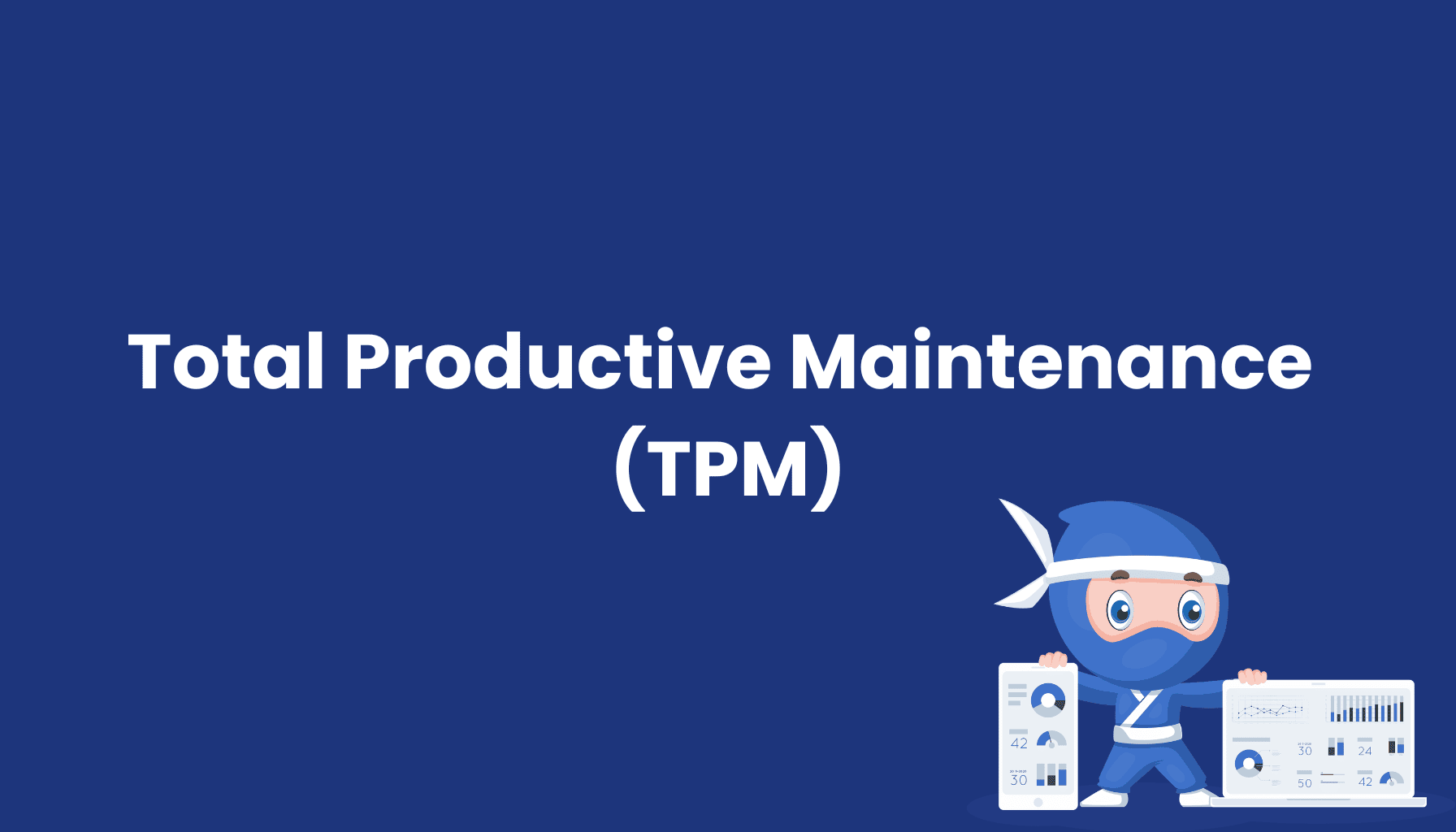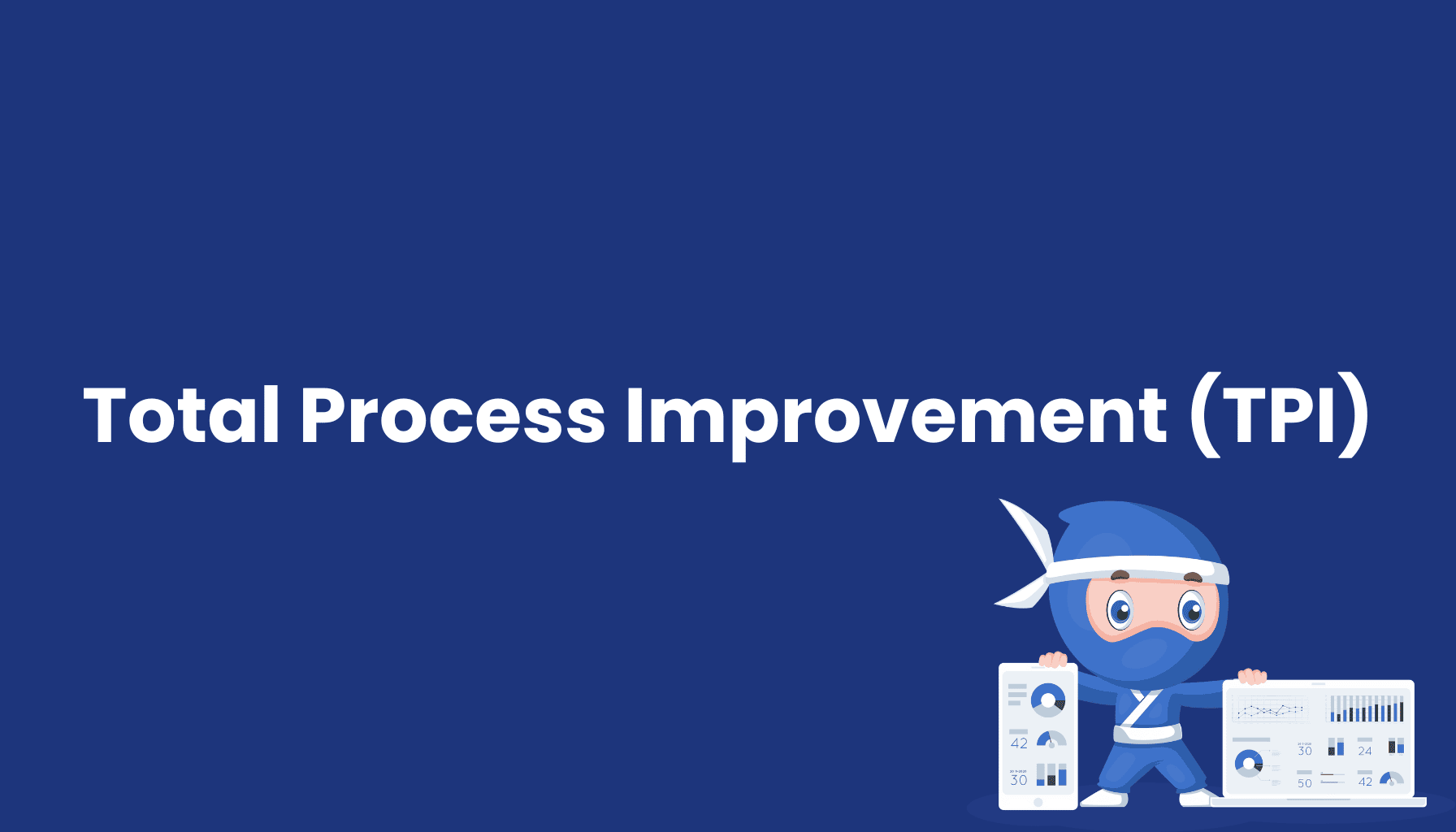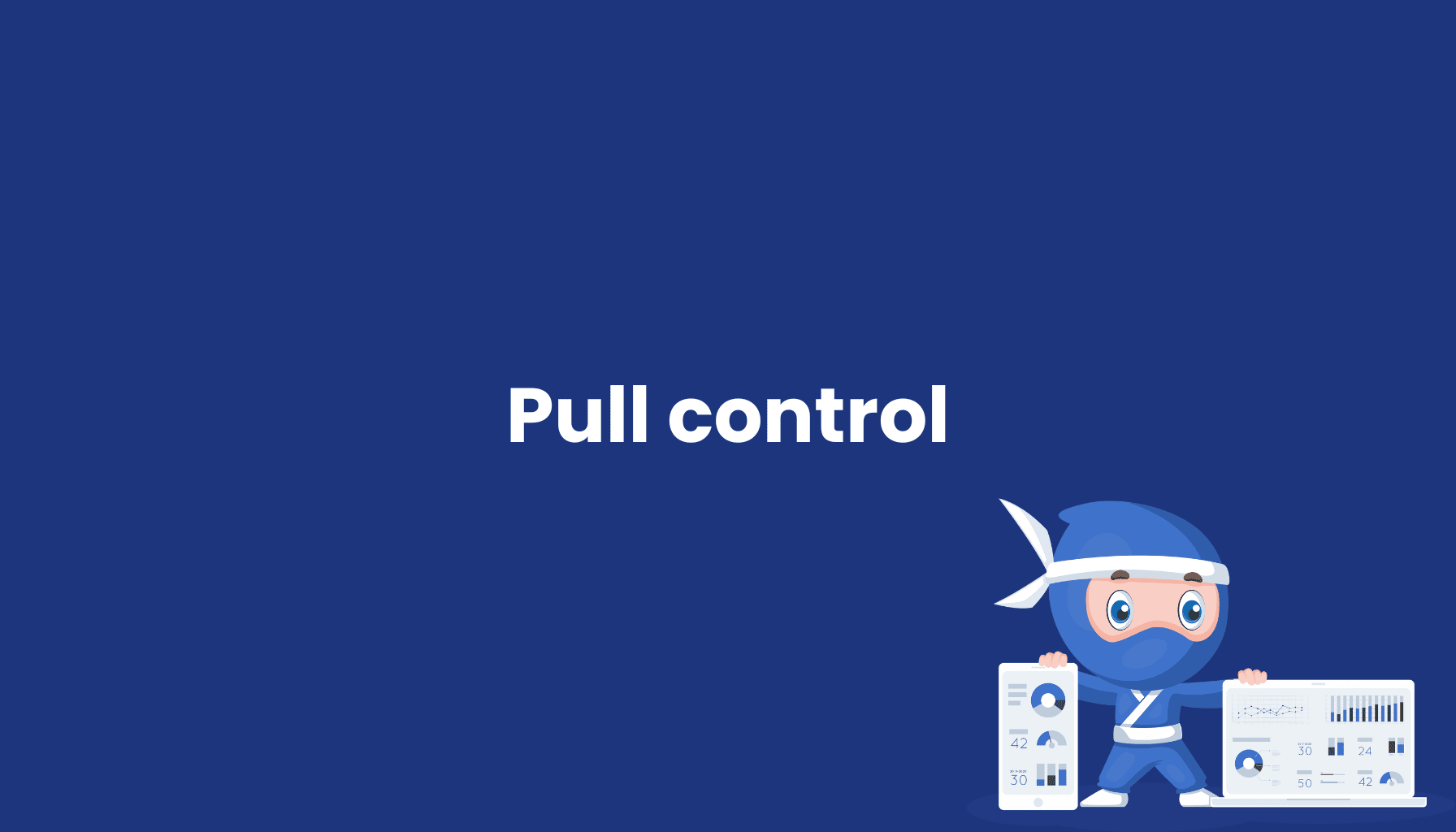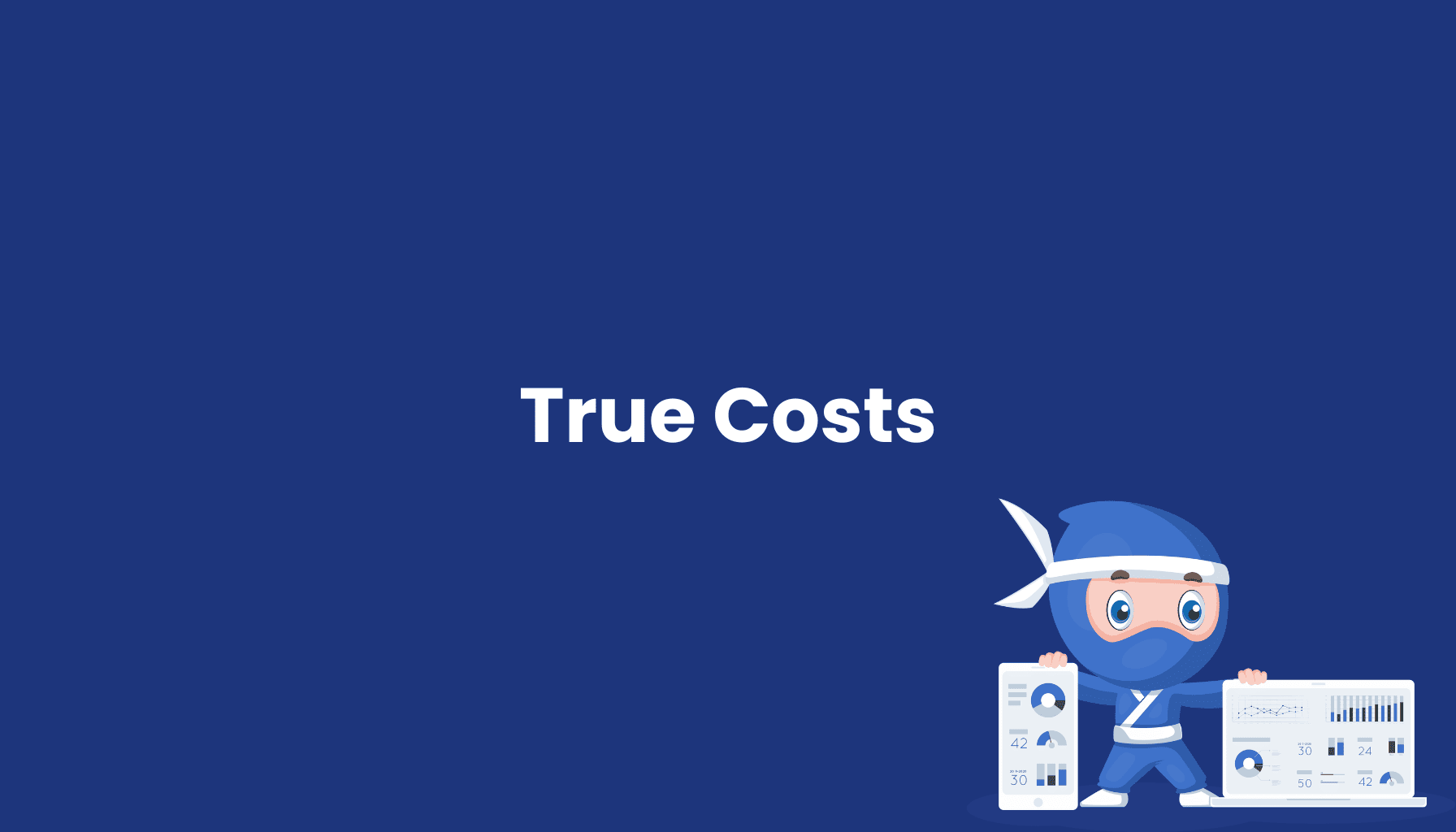Total Productive Maintenance (TPM)

What is Total Productive Maintenance (TPM)?
Total Productive Maintenance (TPM) is a comprehensive approach to equipment maintenance that aims to maximize overall productivity by involving all employees in maintenance activities. Developed in Japan, TPM focuses on proactive and preventive maintenance to improve the operational efficiency of equipment.
Key Elements of TPM
- Autonomous Maintenance: Operators are trained to perform basic maintenance tasks such as cleaning, lubrication, and inspection to prevent breakdowns.
- Planned Maintenance: Scheduled maintenance activities based on the predicted and measured wear and tear of equipment.
- Quality Maintenance: Maintenance activities focused on ensuring equipment consistently produces high-quality products.
- Focused Improvement: Continuous efforts to improve the effectiveness of all equipment.
- Training and Education: Providing continuous training to employees to improve their maintenance skills.
- Safety, Health, and Environment: Ensuring that all maintenance activities prioritize safety and environmental sustainability.
- Office TPM: Applying TPM principles in administrative functions to improve overall efficiency.
Benefits of TPM
- Increased Equipment Availability: Reduced downtime and increased machine uptime.
- Cost Reduction: Lower maintenance and operational costs due to fewer breakdowns and repairs.
- Improved Product Quality: Consistent maintenance leads to better quality control.
- Employee Involvement: Enhanced cooperation and responsibility among employees.
TPM and OEE
TPM directly impacts Overall Equipment Effectiveness (OEE) by reducing equipment failures, improving production processes, and ensuring high-quality outputs. A well-implemented TPM strategy can significantly enhance OEE, making production processes more efficient and reliable.
Steps to Implement TPM
- Launch TPM Program: Form a dedicated team to drive TPM initiatives.
- Training and Awareness: Educate employees on TPM principles and practices.
- Implement Autonomous Maintenance: Involve operators in daily maintenance tasks.
- Develop a Maintenance Plan: Create and follow a regular maintenance schedule.
- Monitor and Improve: Continuously track results and refine maintenance strategies for ongoing improvement.
Conclusion
TPM is an essential strategy for maintaining and improving the efficiency of production equipment. By integrating maintenance into the daily routines of all employees and fostering a collaborative approach, TPM enhances productivity, reduces costs, and improves product quality. Implementing a robust TPM program can lead to significant improvements in OEE, ultimately boosting the competitiveness and profitability of an organization.





